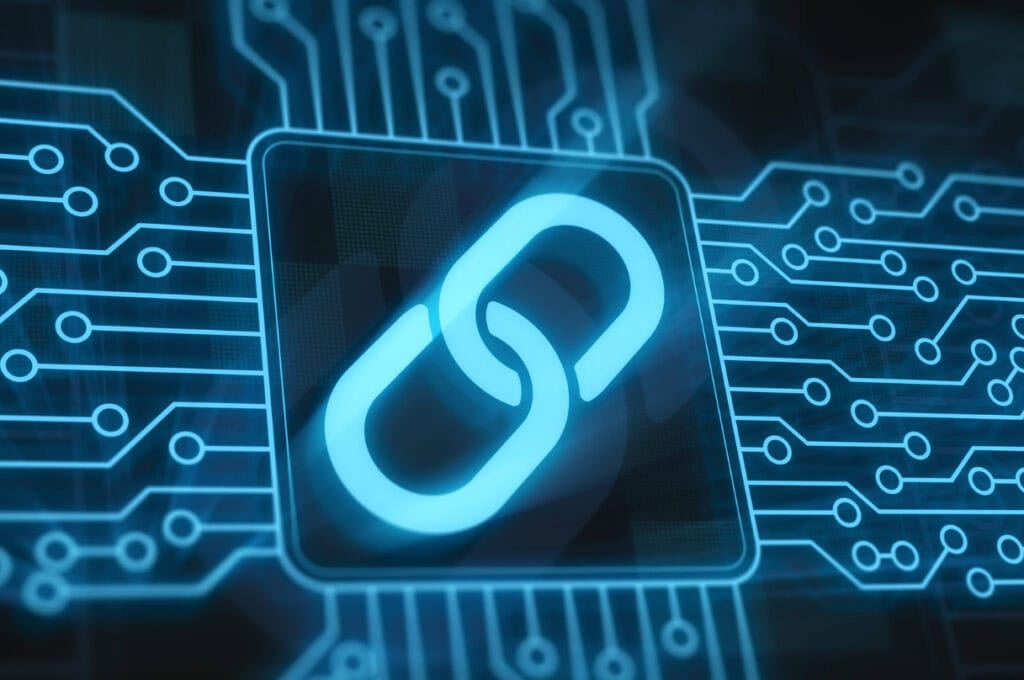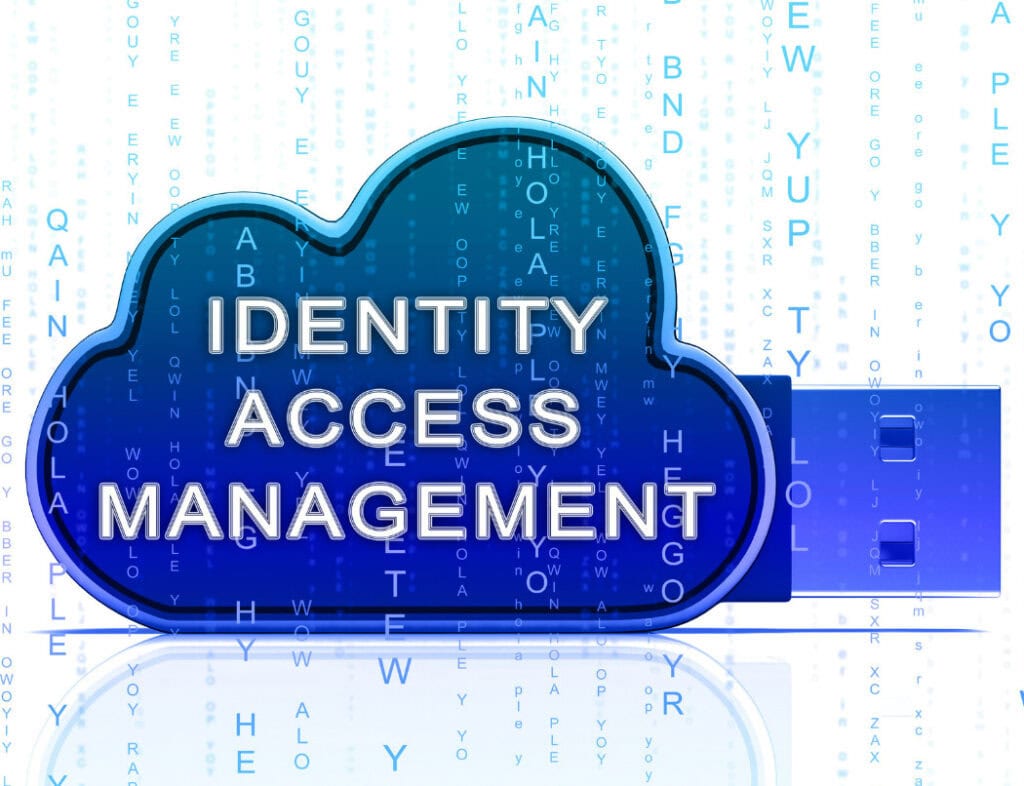As the evergreen 1993 New Yorker comic went: “On the Internet, nobody knows you’re a dog.” Anonymity and the liberation that came with it were historically viewed as one of the most powerful aspects of being online.
Table of Contents
However, for many, that excitement faded fairly quickly as it became clear that most online interactions were anything but anonymous. Those who understood how the internet worked knew that governments, major private institutions, and malicious parties had their own methods for keeping tabs on everyone’s activities.
To make matters even more challenging, verifying identities reliably continued to be an issue. Traditional systems still often fail to provide the right combination of security, privacy, and control that users need.

This was the only state of things until 2009, when Satoshi Nakamoto released Bitcoin (BTC)—the first cryptocurrency and first public-access blockchain technology. Now, more than a decade since blockchain technology was first introduced, its potential for digital currencies has been explored further in privacy coins like Monero (XMR).
These coins use additional layers of anonymity in their transactions, further enhanced with secure storage like a dedicated Monero wallet.
There are also exciting developments in the pipeline for the use of blockchain in digital identity management, particularly in smart contracts and for managing sensitive documents such as healthcare records.
In some cases, blockchain technologies are even being used in logistics services to automate shipment tracking and payments.
How Blockchain Technology Works
With its decentralization and cryptographic security, blockchain tech presents a viable solution to many core digital identity management issues. Because blockchain uses a distributed ledger that records transactions across multiple computers, no record can be altered retroactively without being flagged on the network.

Without getting into the weeds of the technology, here’s a simplified breakdown of key blockchain functions and features. From here, you may already be able to spot some of the benefits that relate to identity management:
- Decentralization. Where traditional centralized systems store data on a single server, blockchain technology distributes data across a network of computers (called nodes). Unlike traditional decentralized networks that only have a portion of data in each server, each blockchain node has a copy of the entire blockchain, ensuring that no single point of failure exists.
- Consensus mechanisms. To add new data (or a block) to a blockchain, the majority of the network must agree that it’s valid. This consensus is achieved through mechanisms like Proof of Work (PoW) and Proof of Stake (PoS). In turn, this effectively secures the network against fraudulent activities since any changes on any one node will be logged and stand out against all the other copies existing in other nodes.
- Immutability. The decentralization and consensus mechanisms of blockchains make it so that once data is written to a blockchain, it cannot be easily altered or deleted. Each block of data is linked to the previous one through cryptographic hashes, resulting in a secure chain that is practically impossible to breach. This immutability ensures the integrity of the data.
Key Impacts of Blockchain on Digital Identity Management
1) Increased Verification Efficiency
Automating identity verification and digital identity management processes with blockchain technology reduces the need for human intervention and all its associated drawbacks. For example, in smart contracts, a blockchain setup can automatically execute payments or other actions that would have otherwise required manual identity confirmation.
This can be an especially big boost to logistics, since parcels can be set up to automatically signal payments through the blockchain to approved stakeholders, saving time while also reducing delays and other operational costs.
2) Better Database Security
Blockchain’s decentralized nature and cryptographic algorithms significantly bolster the security of digital identities held within a database.
Though other decentralized server setups do exist, the effort to include cryptography and consensus elements significantly increases the challenges for malicious actors who want to steal identities or alter data. This can be transformative when applied to sensitive databases such as those holding healthcare and property information.
3) Finer User Control
With a blockchain setup, users can decide for themselves what information to share and with whom. Whether discussing cryptocurrencies, smart contracts, or any other blockchain network, a self-sovereign identity model ensures that any sensitive data remains under the user’s control, preventing identity spoofing and other privacy issues.
4) Reduced Fraud, Improved Trust
To continue, having an immutable ledger makes it nearly impossible to alter or forge identities on a blockchain network. This directly contributes to improved trust throughout the network.
5) Decentralized Trust
Blockchain networks use a decentralized trust model where trust is distributed among network participants rather than centralized authorities (i.e. banks, government institutions, and corporations).
This decentralized trust enhances the integrity of identity management systems, and users can rest assured that their data is safe from authorities that may not have their best interests in mind.
6) Resilience to Censorship
The decentralized nature of blockchain technology also makes it resistant to censorship. Users can always retain their digital identities regardless of geopolitical or organizational pressures. This can be especially important for parties that need to send funds or information to parties in repressive regimes.

What’s Next for Digital Identity Management?
In summary, blockchain technology may directly address fundamental issues of security, privacy, and control that were once commonplace on the internet.
As we further explore the possibilities of the technology, sensitive networks will likely come to rely on blockchains more and more as the underlying structure of these networks offers a fundamentally secure and user-centric approach to digital identity management.



